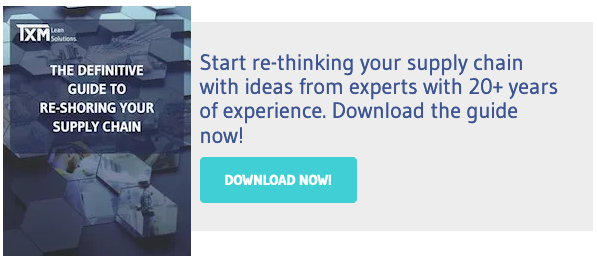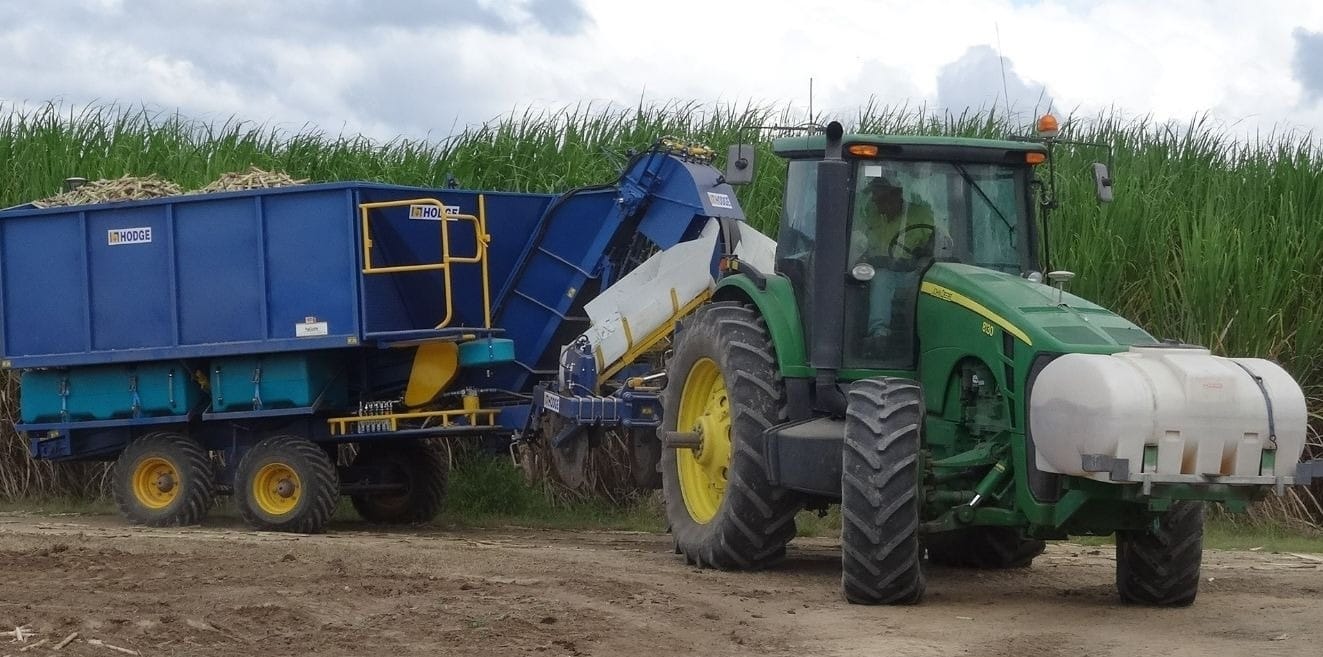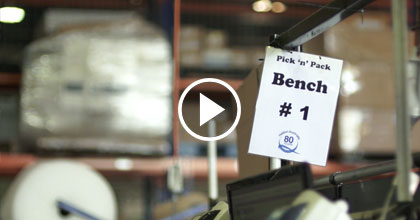What Does Your China Supply Chain Cost You and How do You Improve it?
By TXM China Consulting Director, Justin Tao
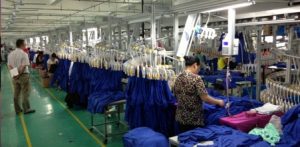
China is no longer the low cost manufacturing paradise it once was. However the problems of long lead times, dodgy suppliers and suspect quality still exists, even as Chinese manufacturing moves in to more complex and higher value-added sectors. TXM China Consulting Director, Justin Tao has spent his whole career working in Chinese manufacturing from his first days in Toyota’s forging plant in Tianjin. Justin believes that the key to supply chain success in China is to get the right support – from a local.
In the not so distant past, China was an attractive option for companies seeking to minimise production costs. However, today your China supplier advantages are rapidly eroding. Chances are you will be facing some of the headaches below:
-
Price Increasing
Costs are soaring in China, the cost in labour, land prices, energy, environmental and safety regulations, freight, logistics and taxes all play a part. As well the Chinese currency has appreciated significantly against the $US and more against currencies such as the £UK and $AU. Made in China is not so cheap as before. Not to mention the cost spent on dealing with problems with China supply chains.
-
Quality Problems
Made in China is not equal to poor quality, but your quality risk is greater. This can come through poor quality products, material substitution or even counterfeit products or materials from China. The developing governance systems in China struggle to eliminate risks in areas such as food safety, product provenance and electrical compliance. When sourcing from China and you have a quality problem, handling that problem with your overseas supplier will be a challenge.
-
Long Lead-Time
When you’re sourcing products from China, you have to embrace long—and, often, unpredictable—lead times. Bottleneck, inefficiency, large batches, unstable labour supply and losses in transit are all too common in China’s supply chains. Can your business bear such interruptions? You might also need to spend on expedited freight to save your operation and customer. There are ways to mitigate these risks, but they usually involve maintaining higher inventory levels at home—which, of course, carries significant cash flow repercussions, and also includes the risk of high scrap costs in the event defects are found.
-
Wrong Suppliers
Many Australian companies use Google, Alibaba, or purchasing consulting services to select suppliers from China. This can save time and money upfront, but has the potential for costly problems on the back end. The suppliers you get are often the ones who are export only or even just trading companies. Of course, there are well-known success stories.
Almost half—346—of Apple’s 766 suppliers are in China and few would doubt the exceptional quality of Apple products. However, without the kind buying power and procurement team that Apple has, can you find and manage equivalent good quality suppliers in China? Trying to improve the wrong suppliers, reminds me of the old Chinese proverb: “playing the lute to a cow”. The cost that goes into finding the right supplier is far less than the costs incurred when the wrong choice creates costly problems later.
-
Poor Communication
Communication tends to be a barrier, not only between Chinese and English but also the cultural difference. You could communicate with email and Skype with your Chinese suppliers, but misunderstanding easily occurs for both parties. We also have seen many well written English quality inspection manuals translated into poor Chinese or totally wrong Chinese.
When this happens neither you nor your Chinese supplier are likely to discover the mistake. Several years ago, I attended the Victorian Government trade mission group to China and found that they used a very poor interpreter. The interpreter was simply reading to the Chinese audience what was written on the PowerPoint slides, while the Australian delegate was introducing their product using their own language. No one in the Chinese audience or the English audience could tell anything was wrong (except me of course)!
Thus, the overall cost of your China supply chain might be much more than what you can think. Nevertheless, what you can do to improve your China supply chain? With more than 10 years of experience in supporting China supply chains, I recommend three ways you can improve it:
-
Take Time and Care To Get the Right Advice and Support To Choose the Right Suppliers
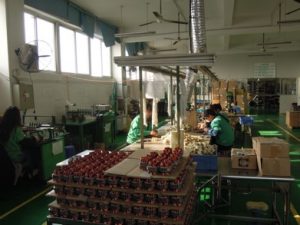
Some companies will simply conduct online searches and emails when selecting potential suppliers in China. To start you need advice and support from a local mainland Chinese advisor you can trust. This person can be an employee or a consultant, but it is important that they are a local and understand the unique culture and business environment of the People’s Republic of China.
Not only can this trusted advisor help you to source and select the right supplier, but you can also meet in person with potential suppliers on a shortlist of candidates. The ideal advisor is a “China manufacturing expert” who not only understand the intangibles and nuances that go into working with Chinese manufacturers but are also fully well trained on world-class manufacturing quality standard. Using local Chinese Lean consultants with fluent English, can be a great option.
-
Meet Face To Face
There is no substitute for face to face meetings – especially in Chinese culture. You should not only meet in person when you select the right suppliers but also when dealing with critical problems. Face-to-face meetings in China are invaluable since they provide insights that cannot be gained by emails or conference calls. Critically they help you build “guanxi” (Chinese word for relationship) with your China suppliers.
However, consider involving your local advisor or consultant in these meetings, because just sending your engineer or manager directly to China, spending days and thousands of dollars in traveling, you may see a sanitized version of reality – what the supplier wants you to see and believe. This can often lead to a shock when supply actually starts. A classic problem is being shown a wonderful plant with gleaming new high technology equipment to find out later that your products will actually be manufactured in the “other” factory with a dirt floor and manual equipment. A local Chinese advisor can help you avoid these problems.
-
Improve Your China Supply Chain By Applying Lean
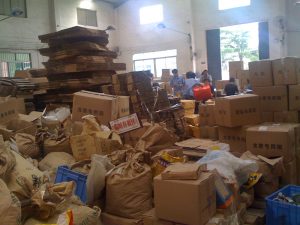
Many companies are now providing Lean Consulting assistance to their suppliers to try the accelerate the improvement. This kind of supplier development has long existed in the automotive industry and is now entering other industries. Change in China needs “Chinese Characteristics”. Many companies believe that by sending their internal Lean specialists or Lean Consultants from their home country to their suppliers in China will ensure “consistency” of their lean implementation.
In reality, foreign lean consultants can have a short term impact, but will not create sustainable change (and may even alienate your supplier). Without Chinese language and an understanding of mainland Chinese culture, the foreign expert will neither understand nor address the underlying cultural barriers to change. As a result, local expert support is also invaluable.
Learn the Top Four Tips to Improve the Competitiveness of Your Chinese Suppliers
View Case Studies of How TXM has Helped Companies Improve their Operations in China

